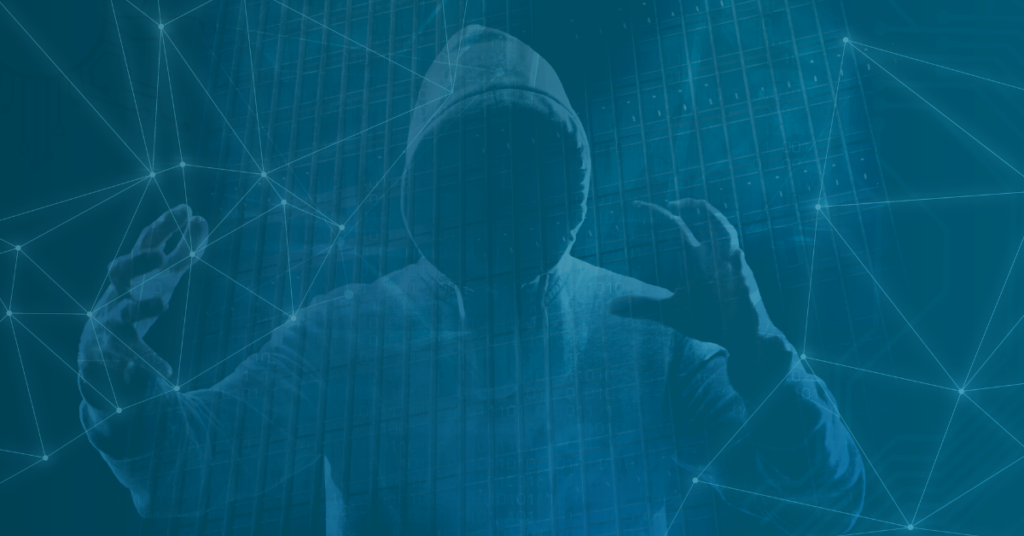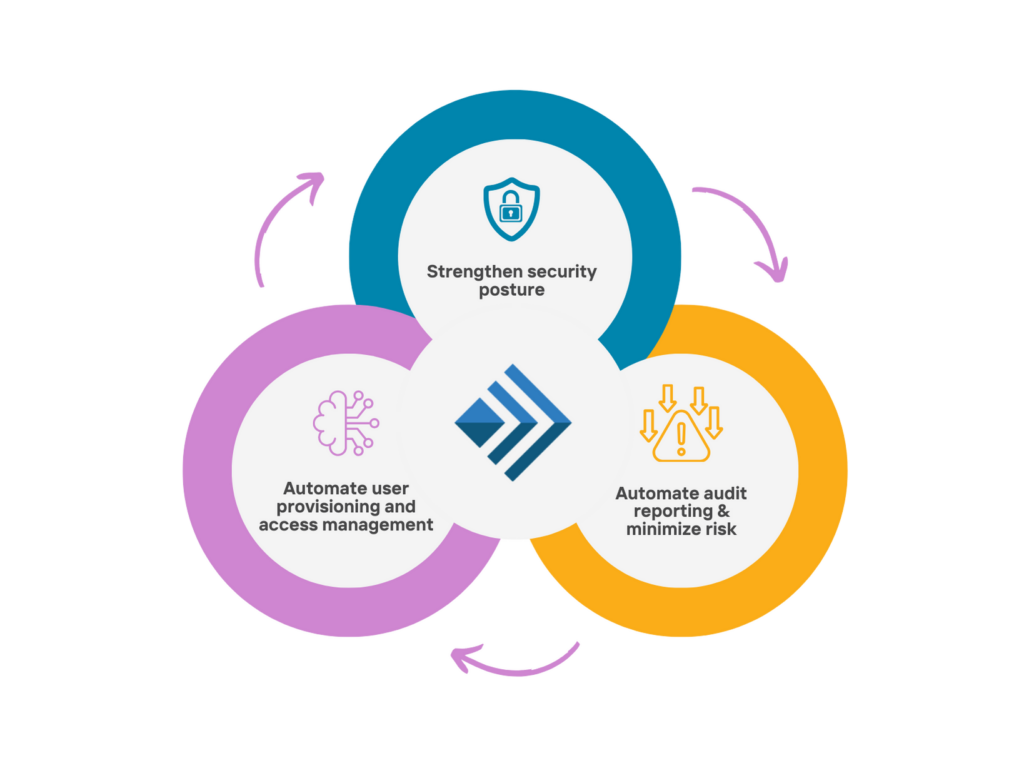
Environments we believe that we control can turn against us. In such situations, this reversal magnifies the danger. Sadly, this chilling fact enters the realm of the all-to-real in the case of insider threats. An insider threat occurs when a bad actor is a member the very organization they seek to compromise. At digitally connected enterprises, insider threats are especially dangerous, breaking down identity security and threatening the whole of an identity fabric.
Insider Security Risks are more Prevalent and Potentially More Damaging than External Threats
According to a Forrester study, insiders cause 58% of sensitive security incidents. The most-often cited incidents were lost devices, inadvertent misuse of sensitive information and intentional theft of data by employees. The impact of data breaches and downtime, whether caused by insider malice or negligence, can cripple an organization, exposing it to lost revenue, significant brand damage and increasingly onerous regulatory fines and penalties. The current average annual cost of an insider threat is $11.5 million.
Several factors contribute to a growing trend of dissatisfaction in workers. This creates a climate where the risk of employees wanting to lash out is proportionally higher than it once was. In the digital age, all it takes is one bad apple to cause far-reaching problems. Information Week reports that as many as 75% of all insider threat-driven breaches result from the actions of disgruntled employees. Identity security cannot endure long if the identities are in the possession of individuals who actively want to hurt the company.
But what about the other 25%? Unfortunately, an insider threat doesn’t need to be willing or even aware to threaten identity security. An insider, negligent or ignorant about identity hygiene, has no upward limit to the damage they might do. Employee negligence and even customer negligence have been blamed for some egregious cybersecurity breaches. Ultimately, so long as your enterprise lacks a managed identity security solution, insider threats remain a serious cyber threat.
“Blind Spots” cause Identity Security Audits to Fail
In a multi-industry concern such as cybersecurity, governing bodies brook no excuses about insider threats. Organizations who fail to protect their users will also fail critical audits in short order. Cybersecurity regulations including GDPR, HIPAA, and PCI DSS all mandate tracking and remediation capabilities. For example, one of the biggest identity challenges for companies (and a major cause of failed audits) is a lack of visibility onto administrator accounts for Windows platforms.
Failed audits can be particularly damaging in today’s environment, in which regulations related to data loss and data protection are becoming more rigorous around the world. When disparate silos or on local servers manage identities and entitlements rather than central repositories, it becomes much easier for insider threats to jeopardize identity security. Ultimately, only by remediating the blind spots in your identity infrastructure can you satisfy your compliance requirements. Companies that conduct business globally must comply with a wide range of rules and regulations to satisfy audit requirements.
As such, organizations must prove that users who have access to certain servers and applications are authorized. They must also be able to deliver an auditable trail of what each user has done within the server. These requirements mean organizational policies need to apply the Principle of Least Privilege (PoLP). Under PoLP, users only have those privileges needed to do their jobs. If they need to have their privilege elevated for some reason, that is an explicit action requiring both manual controls and automatic record-keeping. This, in turn, makes frivolous privileges less of a threat.
Organizational Complexity Poses a Growing Challenge to Identity Security
Long ago, in the forgotten age of Steve Ballmer refusing to sell Microsoft 1.0 to Nebraska, managing employee identity used to be relatively easy. A user sat a desktop with a single machine connected to an enterprise application through a single wire. This made the tracking of company identities and their usage much simpler and safer. However, as the capabilities of technology have advanced, so too has their complexity. Users are now mobile and using a wide range of devices, some of which may be unsanctioned or undocumented personal devices. This greatly expands potential attack surfaces and opens up new breach vectors. Furthermore, mobility is only one aspect of the heightened complexity.
IT infrastructures are increasingly diverse and heterogeneous. Multiple silos defined by departments, applications, operating systems, or other characteristics set them apart from one another. The proliferation of virtualization and cloud services adds additional layers of complexity to the IT environment. Some of these cloud platforms even require their own cloud identity solution. Without a solution to unify user identities, organizations face the prospect of identity sprawl. The risks of sprawl include data loss, data breaches, application downtime, failed audits, and an inability to identify and rectify internal security problems before they escalate.
Savvy IT and security managers are recognizing that the most cost-efficient and effective way to address these challenges is to incorporate a solution that provides insiders with a unified identity across all platforms. By linking access privileges and activities to specific individuals, the IT organization minimizes security risks while gaining the visibility required to achieve compliance. This paradigm of Role-Based Access Control (RBAC) is rapidly becoming the baseline for intelligent identity security policy.
Combating Insider Threats through Intelligent IAM
So, with this rich tapestry of ways that insiders can ruin your day, how do you keep yourself safe? The first step is to understand the gaps in your current identity security solution. This involves conducting an evaluation, either internally or through an MSP, to understand where focus is needed. Once an identity benchmark has been established, you can proceed to implementing improvements. A digital transformation, revamping your identity solutions from the ground up, needs a solid foundation of well-informed analysis.
Next, your identity experts must patch up the systemic holes in your identity fabric. However, the new systems must be implemented to combat future threats as well. PAM security and IGA solutions are the most important of these for any enterprise. The addition of adaptive MFA, SSO, and active monitoring are key to strong identity security, remediating blind spots and reigning in complexity. These systems do not just keep an eye on all your enterprise identities while answering the 6 vital identity security questions. They also enhance your users’ experiences, reducing friction and giving them fewer reasons to become frustrated with you.
Insider threats are just one vector for devastating IAM breaches. While the prospect of investing in an identity overhaul might seem daunting, it is important to consider the potential costs of neglecting this aspect of your cybersecurity. With the average data breach costing $4.5 MN and noncompliance potentially racking up hundreds of millions in fines, the cost of inaction is much higher. Don’t leave your enterprise vulnerable to catastrophic data breaches; bolster your identity before you find yourself under attack from within.
Talk to an identity advisor and start your digital transformation today.
